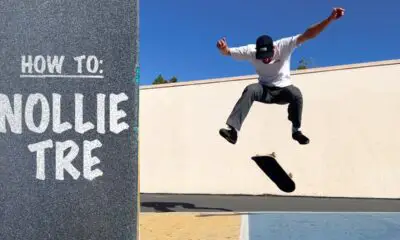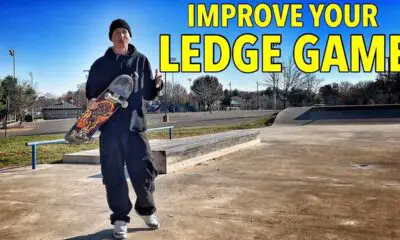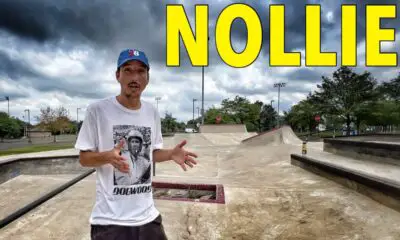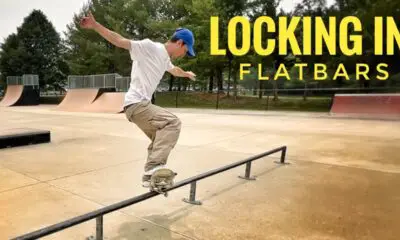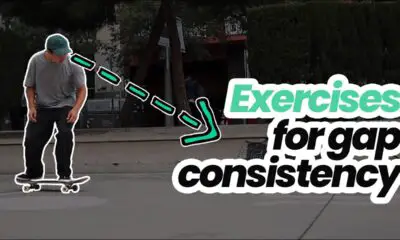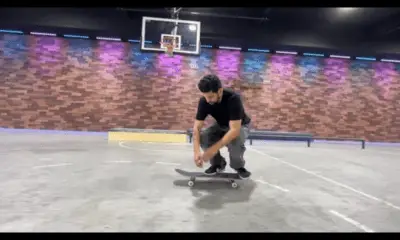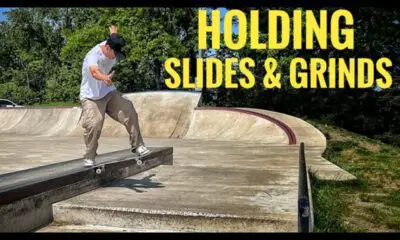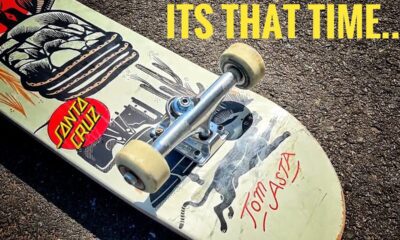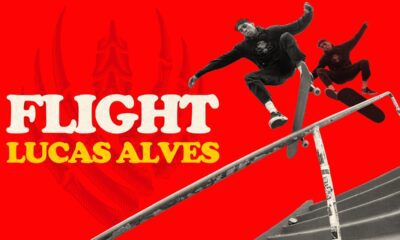HOWTO
A Guide to Picking the Right Skateboard Size
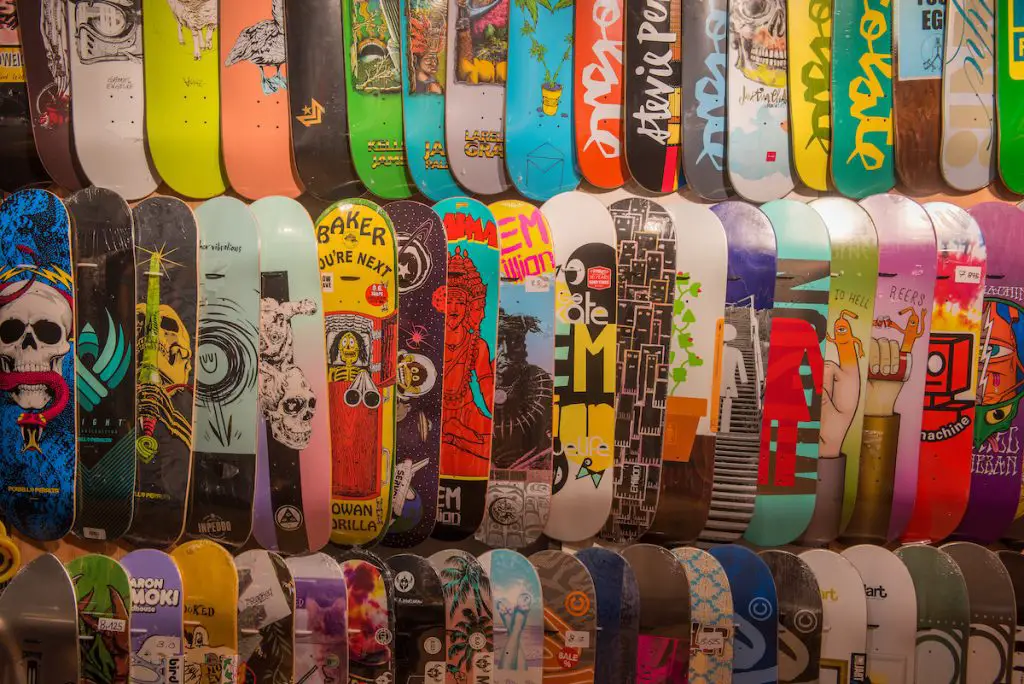

BERN, SWITZERLAND – 19 SEPTEMBER 2017 : wall full of colorful skateboard decks in a shop
When it comes to choosing the right skateboard size, it’s primarily about the width of the board.
The width plays a huge role in how stable or loose your board feels, how easy it is to land your feet, and how much force you’ll need to initiate tricks.
So, know that from the jump.
Along with the width, there are several other sizes and measurements that influence a board’s overall performance.
These items are: the length of the board, it’s wheelbase, wheel size and durometer, truck size, and concavity.
As most skaters will keep their boards for a long time, it’s nice to know just what size board you should invest your money on before making the commitment to purchasing one.
The more you know about important skateboarding measurements, the better prepared you’ll be during your board search and in upgrading or exchanging parts later on.
By the end of this guide, you’ll know just how to size up a skateboard and easily find one that’s right for you.
Table of Contents
Width: Mainly, It’s Personal Preference
Most decks come in at 7.5”-8.5” wide with boards on both sides having certain benefits and drawbacks.
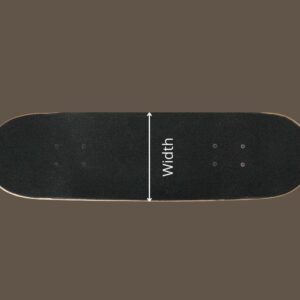

Boards on the smaller end, those around 7.25”-7.5”, are solid options for the smaller feet of younger riders. Generally speaking, these boards are best suited for children under the age of 5.
Children ages 6-10 will typically benefit the most from boards at 7.5”-7.75”.
There are some adults, however, who choose to ride 7.75” boards, often because they enjoy the lightweight feel when performing tricks. Still, for most adults, an 8.0” and above is the optimal choice.
Wider boards like these have more stability and more room for your feet to land on. And, being older and stronger, doing flip tricks will be easier.
Most pros ride 8.0”-8.5” boards. Depending on their style, however, this may fluctuate.
For example, vert skaters like Tony Hawk, Danny Way, and Bob Burnquist often push 8.5” and higher. Nijah Huston, on the other hand, who does more street skating, primarily rides an 8.125”.
Really, it comes down to you and your personal preferences.
And if you don’t know what you prefer, the best way to find out is to test out a few boards at your local shop if you can.
If not, it’s all good. The information in this guide will help you make an informed decision. You’ll be reading those product descriptions like an Amazon wizard.
Length
The length of your board measures from the tip of its nose to the tip of its tail.
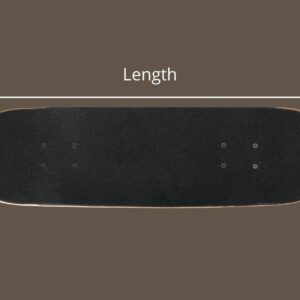

While it does dictate how much room your feet have to move forward and backward, for the most part, the length of your board is not as important as the width or the wheelbase.
Essentially, as the length of your board changes, neither standing and performing tricks change too much in terms of difficulty.
Most boards come in at 28”-32” long. Once you hit around +35” long, you’re reaching into the longboards zone, a discussion for a different day.
Wheelbase
A board’s wheelbase is the distance from one inner mounting hole to another. Wider wheelbases provide more stability and increase the board’s turning radius. Narrower wheelbases help with sharper turns but have less stability.
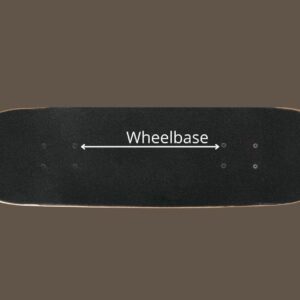

Note that if you’re a taller rider, you’ll likely want a wider wheelbase. Being taller, your center of gravity will be higher from the ground. Because of this, having a little more stability under you might be helpful.
Wheel Size
Up next we have wheel size. The size of your wheel influences quite a few aspects of skateboarding: your height off the ground, how fast you roll, and how heavy your board feels.
As you may imagine, smaller wheels do smaller things. They’re lighter, accelerate quicker but have lower top speeds, and they don’t lift you as high off the ground compared to larger wheels.
Mid-sized wheels do medium things. And larger wheels…well, you get the point.
While larger wheels provide more speed, they’re harder to control on flip tricks and technical skating.
Most skateboard wheels today fall between 52mm-56mm high. Go up and down on this scale and your board’s feel will be affected as previously mentioned.
Here’s a visual breakdown for you.
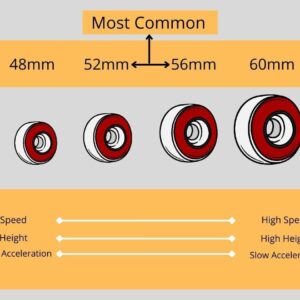

When shopping for a board, you’ll either be buying a complete skateboard or parts. Knowing this, look for what suits you best all around.
If while riding your board you get wheel bite often, you may want to invest in some riser pads. Wheel bite refers to when the underside of your board comes into contact with your wheel during turns and tricks.
It can be a real pain to deal with and pretty dangerous too.
To prevent it, consider buying riser pads like Bones Skateboard Riser Pads. These will help you create more room between your board and your wheels, thus preventing the wheel bite.
Wheel Durometer
Wheel durometer refers to how hard your wheels are with most skateboard wheels falling between 85a and 105a.
The hardness of your wheels influences how fast you go, how responsive the board feels to you, and how easy it is to slide.
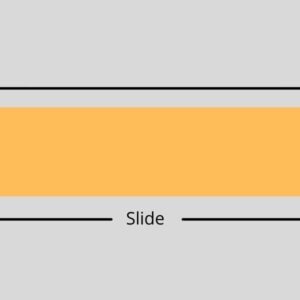

Generally speaking, if you want to do more technical skating, look for harder wheels. If you prefer cruising, softer wheels might suit you better. Though, if you’re cruising often, picking a cruiser board might be an all-around better choice.
Truck Size
Truck sizes are hard to gauge between different manufacturers. This is because amongst the three main categories for truck sizes, that being low, mid, and high, different manufacturers label each of these different sizes from others.
So instead of getting lost in the sauce, here’s what you want to focus on when thinking about trucks: Match the width of the outer axle to the width of your board.
Too narrow and you risk having an unstable board. Too wide and you risk kicking your wheels every time you push.
You’re looking for Goldilocks here.
Concavity
Concavity refers to the curvature of the board at the nose and tail. Different manufacturers address this aspect of the board in different ways. Some create boards with a lot of concave to give riders more control over their moves, while others craft boards with less concave which usually helps with stability at the cost of less flip assistance.
Once again, it’s mainly a matter of choice.
So think about it: What do you want?
Conclusion
Choosing the right size skateboard doesn’t have to be rocket science. Mostly, you just have to remember how tall you are, how big your feet are, and what your primary style will be.
After that, figuring out the little details like how big you want your wheels or how much concave you want in your deck, will help tailor your options to your needs even further.
For more information on finding the best skateboard size for you, check out this video here.
It’ll give you some insight into the way preferences and body types influence optimal board sizes.
Other than that, you should have a good idea of what to look for when shopping around.
If you’re looking for good places to start, check out these boards here.
Great for Kids 5 and Younger (7.5”)
Powell Golden Dragon Knight Dragon 2 Mini Complete Skateboard
Kids 6 and Up (7.75”)
Teens and Adults(8”)
HOWTO
How to Do a Nollie Treflip
Tom Rohrer breaks down every step of a nollie treflip (nollie 360 flip)–from foot position, weight distribution, shoulder position, and popping and flicking technique in his latest YouTube tutorial.
Check out his Tom’s Tutorials channel for more skateboarding tips and tricks.
HOWTO
Improve Your Ledge Game with Tom Asta’s Tips
Tom Asta is back to help you get better at skating. This time, he goes beyond the basics and teaches viewers how to improve their ledge game. Watch the video above, and check out his channel for more of his skateboarding tutorials.
HOWTO
Tom Asta Shares the Keys To Skating Nollie
Tom Asta continues to share skating tips and tricks on his YouTube channel. This time he covers how he goes about nollie skating on ledges, bumps and handrails!
-

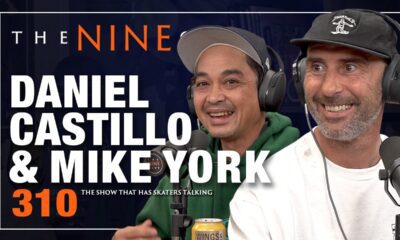

 PODCASTS6 months ago
PODCASTS6 months agoMike York & Daniel Castillo on The Nine Club
-

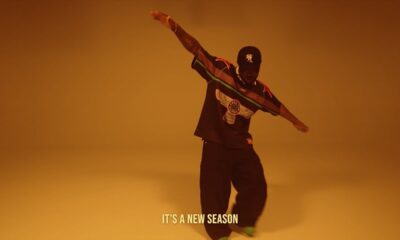

 CONTESTS6 months ago
CONTESTS6 months agoThe 2024 SLS Tour: Bigger and Better
-


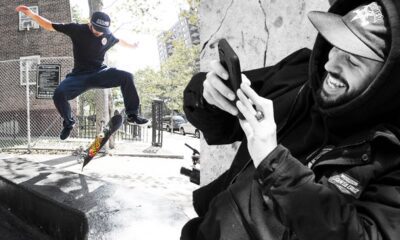


 VIDEOS5 months ago
VIDEOS5 months agoKevin Braun Shares His Favorite Skateboarding Spots
-

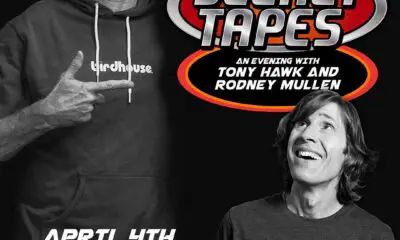

 News5 months ago
News5 months agoTony Hawk and Rodney Mullen Team Up for ‘Darkslides & Secret Tapes’
-


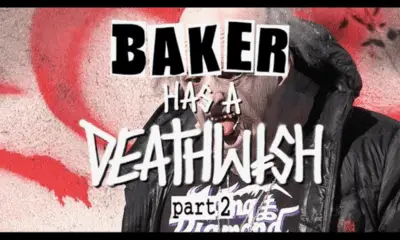


 VIDEOS5 months ago
VIDEOS5 months agoBaker Has a Death Wish Part 2
-

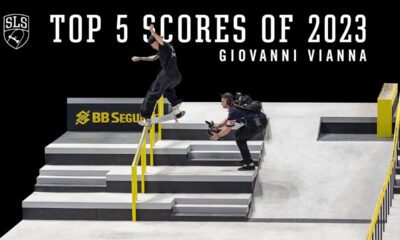

 CONTESTS6 months ago
CONTESTS6 months agoGiovanni Vianna’s Top 5 SLS Scores of 2023
-


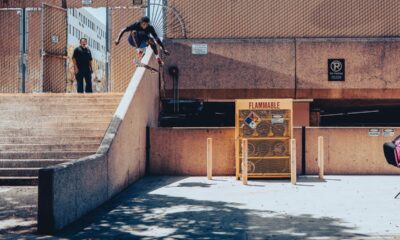


 VIDEOS6 months ago
VIDEOS6 months agoRough Cut: Ishod Wair’s ‘Spitfire’ Part
-


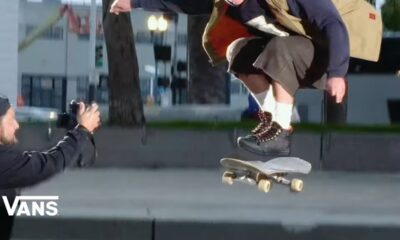


 PRODUCTS5 months ago
PRODUCTS5 months agoVans Skateboarding x Spitfire Wheels






